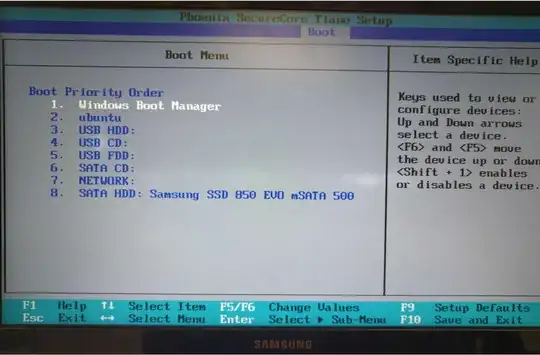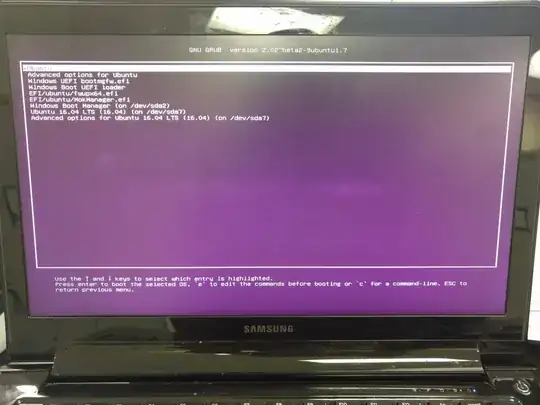The solution for dual boot Windows 10 and Ubuntu 16.04 is a bit tricky because it is somewhat hardware dependent.
See this link for detailed answer and general explanation.
See this link for the question in case above link is invalid.
For my particular case, I have a Samsung Series 9 (2011) with Windows 10 installed. No other OS,but my Windows 10 has 4 partitions (pictured below). This PC requires F2 for setup, and no F10/F11 options for boot menu. So the only configuration change in setup is "UEFI Boot Support" which limits the possible solutions to my problem.
The solution for me was to keep my Windows 10 install, and shrink partition to make room for Ubuntu 16.04 install.
First press F2 for setup and change boot priority to make Primary SATA HDD and Windows Boot Manager last. Now it will allow me to boot into USB Live. Boot order in image is not correct so do what works for you, so it's okay if my ordering does not match your own.

Use a 16.04 USB Live, and start the installation process.
Select "Something Else" when asked if you want to format whole disk in the "Installation Type" menu.
Now you are in the manual partition page for the mounted drives. I only have one drive which is called "sda"

Above Image Shows that I kept my Windows 10 install and made free space for the Ubuntu 16.04 which requires Ext4 file system.
After install restart, and press F2 for setup and change boot priority to have primary SATA HDD and Windows Boot Manager at the top; respectively. This was not the end, but you should try it to see if it may be for your case. I had to go a few steps further.
Went back into USB Live installation and used a tool called Boot-Repair
Redo Ubuntu 16.04 install, but change Device for boot loader installion from (pictured above):
/dev/sda
to
/dev/sda1
Restart and run Boot-Repair again with recommended option.
Final change setup boot priority to have SATA HDD and Windows Boot Manager at the top.
A combination of installing Grub and boot loader a few times allowed the installation to work, and allow Grub to be selected first.
Note in the image below that sda1 is windows recovery, and sda2 is Windows Boot Manager.

LAST STEP: Match boot priority in setup as pictured below.
- SATA HDD
- Windows Boot Manager
- ubuntu (make it last)

Below is a picture of disk utility software output (Disk Management) to show general partition scheme with Windows 10, Ubuntu 14.04, Ubuntu 16.04, and Swap Area. All 3 OS are accessible.

Below is my current GRUB, and yes it is a bit messy. I did advanced option on Boot-Repair to get Windows Boot Manager to be selected automatically. Current GRUB setup is a messy layout due to multiple install attempts and use of Boot-Repair utility







sudo parted -land thensudo gdisk -l /dev/sda. Copy-and-paste the complete output of both into your original question (edit it; do not try to paste it into a comment). You may also want to read this question and answers. – Rod Smith Apr 21 '16 at 22:29